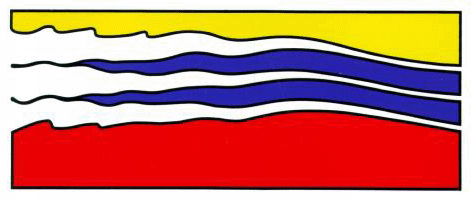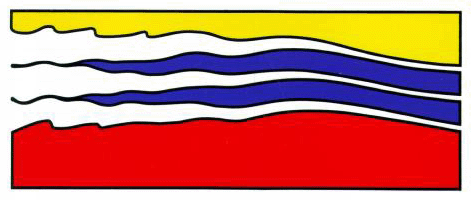
4111 Monarch Way, 3rd Floor
Old Dominion University
Norfolk, VA 23508
757-683-4940


Turbulent vertical velocity variance has been directly
observed from June through October 2007 and April to December 2008 using
a 5 beam VADCP deployed in 27-m depth water on the southeastern United
States continental shelf. The object was to define the characteristics
of water column events affecting permeable sediments of the seabed.
Such processes inlcuded Langmuir Supercells, waves, strong tides, and
convection from cooling, and could be differentiated based on VADCP
data. These processes contributed to variation in the fines inventory
within the sandy bed, the pumping of ocean water through the bed, and
vertical and lateral transport of sediments within the overlying water
column. Langmuir supercell events in particular are associated with
large horizontal transport. Ramifications of seasonal variability in
its (likely dominating) net transport at the observational site will be
discussed, utilizing a set of coincident and longer-term co-located
instrumentation.
Dana K. Savidge is an observational physical oceanographer interested in Gulf Stream variability, and the combined effects of boundary current, density field, and wind forcing on coastal circulation and cross-shelf transport mechanisms. Dr. Savidge obtained a Ph.D. in Marine Sciences in 1997 from UNC-Chapel Hill and a M.S. in Geophysics from 1989 from Georgia Tech. While employed as a post-doc at CCPO (January 2001 through September 2003), she developed two studies that continue to the present: the study of circulation resulting from strong density gradients at Cape Hatteras, and the assessment of circulation on the West Antarctic Peninsula from archived shipboard ADCP data. As part of a suite of studies on coastal circulation in the South Atlantic Bight, Dr. Savidge also operates a pair of long-range WERA HF-radars as part of the U.S. coastal observatory and is involved in other radar related studies.

|
Innovation Research Park Building I 4111 Monarch Way, 3rd Floor Old Dominion University Norfolk, VA 23508 757-683-4940 |

|